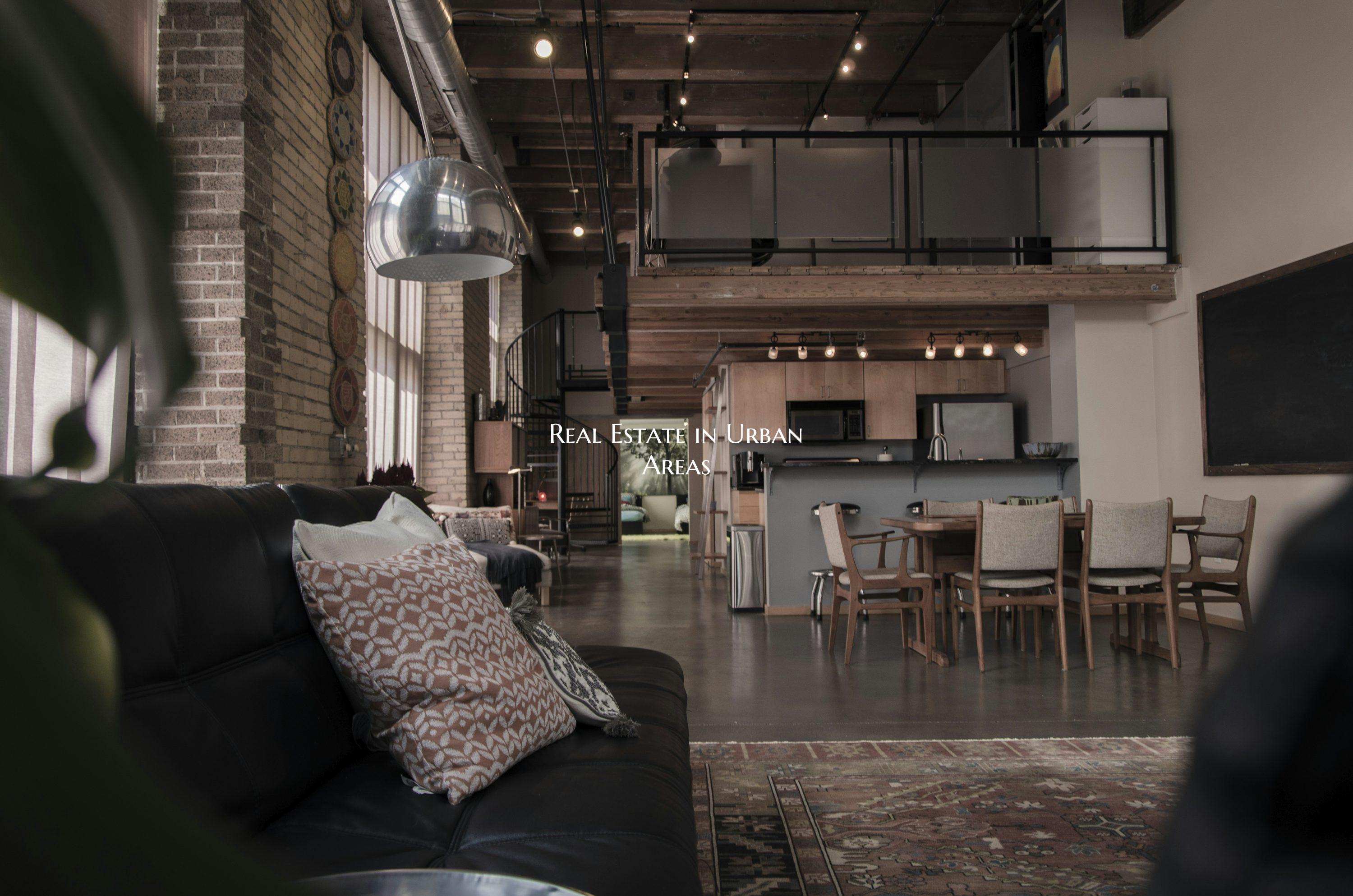Real Estate in Urban Areas

In cities around the world, the real estate market in urban areas is constantly evolving and expanding to meet the growing demand for housing and commercial properties. Urban areas are characterized by their high population density, diversity of architectural styles, and proximity to essential amenities such as schools, hospitals, shopping centers, and transportation hubs.
One of the key factors driving the real estate market in urban areas is the concept of mixed-use developments, where residential, commercial, and recreational spaces are integrated into the same area. This trend is shaping the way people live, work, and socialize in urban environments, creating vibrant communities that offer a high quality of life for residents.
As urban areas continue to grow and develop, real estate investors are increasingly focusing on sustainable and environmentally friendly building practices. Green buildings, energy-efficient designs, and LEED certification are becoming more common in urban real estate projects, as developers and buyers alike recognize the importance of reducing carbon footprints and promoting eco-friendly living.
The competitive nature of the urban real estate market means that properties in desirable locations often come with a premium price tag. From luxury high-rise condos with panoramic city views to historic townhouses with character and charm, urban real estate offers a wide range of options for buyers with different preferences and budgets.
Despite the challenges of affordability and limited space, urban real estate continues to be a lucrative investment option for those looking to capitalize on the dynamic nature of city living. As urban populations grow and urbanization trends persist, the demand for real estate in urban areas is expected to remain strong, driving innovation and opportunity in the ever-evolving urban landscape.
